Gateway Arch
For both of us, it was the first visit to St. Louis, and to Gateway Arch National Park, just a short walk from our hotel. The distinctive steel arch was beautiful in the morning light - both imposing and graceful. The manicured grounds around the arch were surprisingly large, covering over 60 acres. We walked the tree-lined pathways through the park, enjoying the ever-changing views: the arch from different angles, a curvy lake surrounded by green grass, the mighty Mississippi River and its bridges, and the St. Louis skyline. Just as it began to get extremely hot outside, we entered the blessedly cool underground visitor center. Exhibits covered the history of St. Louis and the American West, Thomas Jefferson’s vision to expand the country across the continent, and the design and construction of the arch.
Fun facts:
The arch’s height and width are the same - 630 feet. Really!
The arch is an inverted catenary curve - the same shape as a chain hanging freely between its attached ends.
The arch design won first place in an architectural competition. The architect was Eero Saarinen, who also designed the iconic mid-century modern tulip table and chairs. (If you visited us in Tampa during the last couple of years, you would have seen our beloved Saarinen tulip table!)
There is no structural skeleton; the arch is made from triangular sections of of double-walled steel, stacked and welded together. Construction was completed in 1965.
The innovative tram inside the arch, designed by Dick Bowser (in just two weeks!), combines engineering elements from elevators, escalators, and ferris wheels.
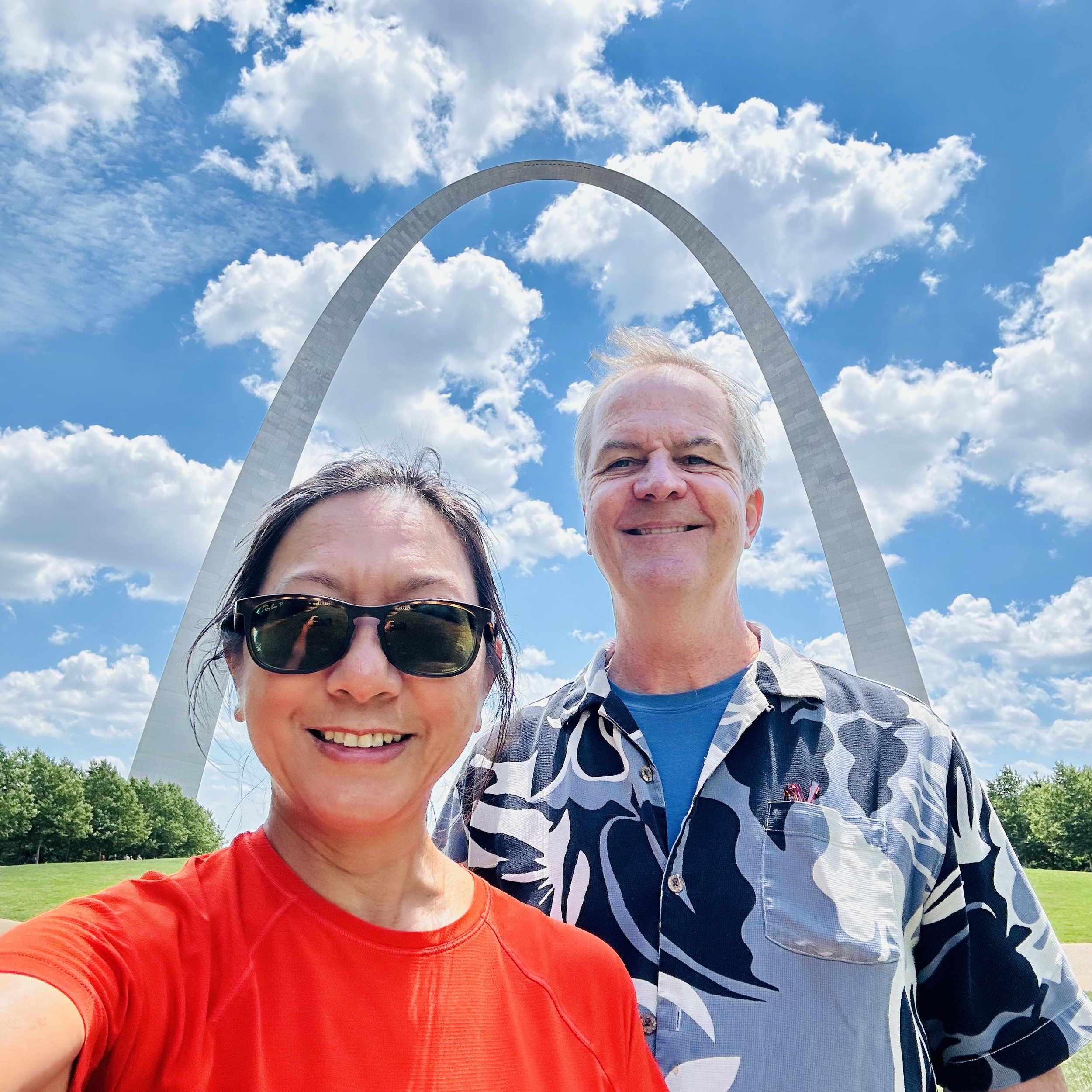
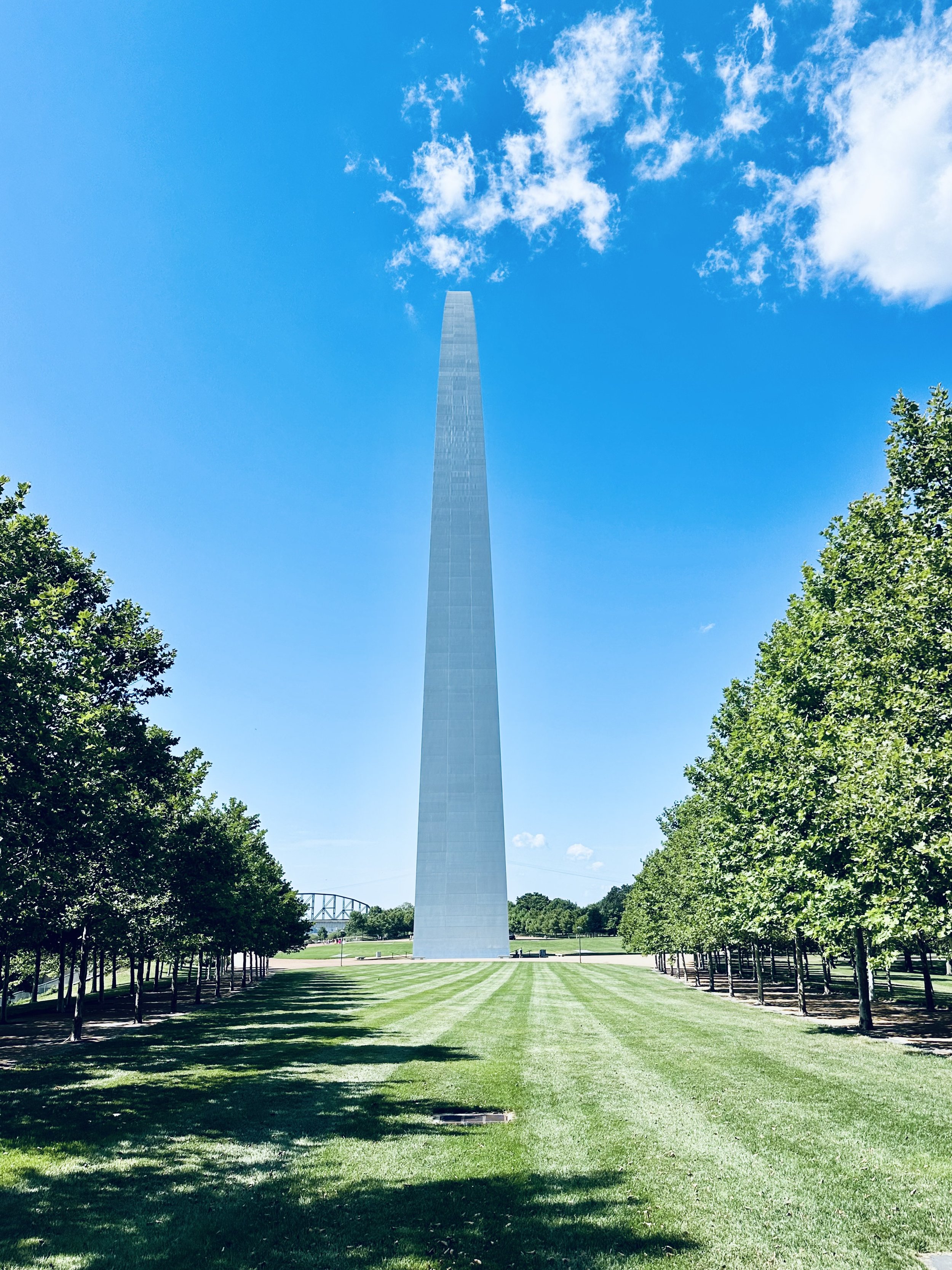
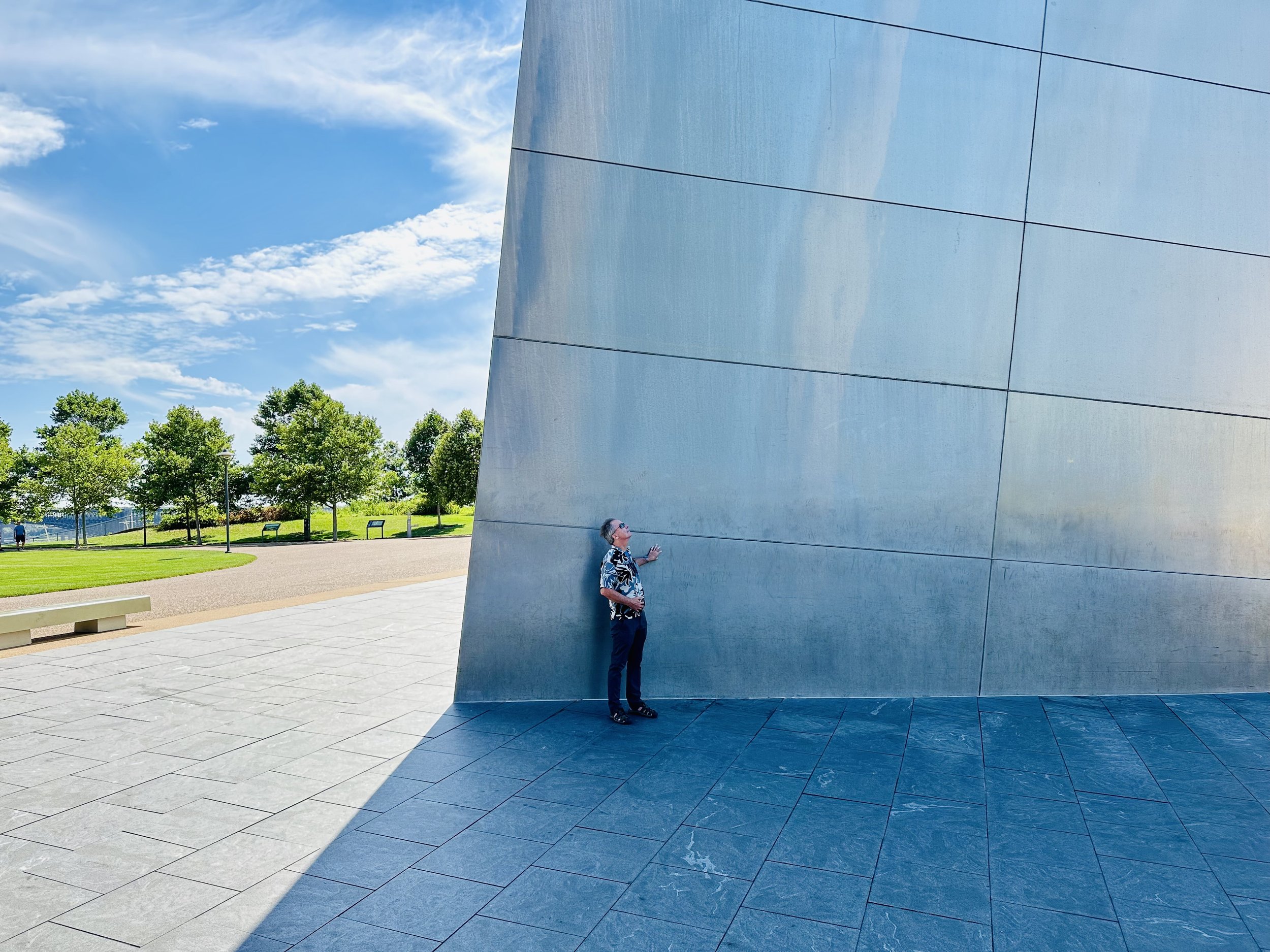
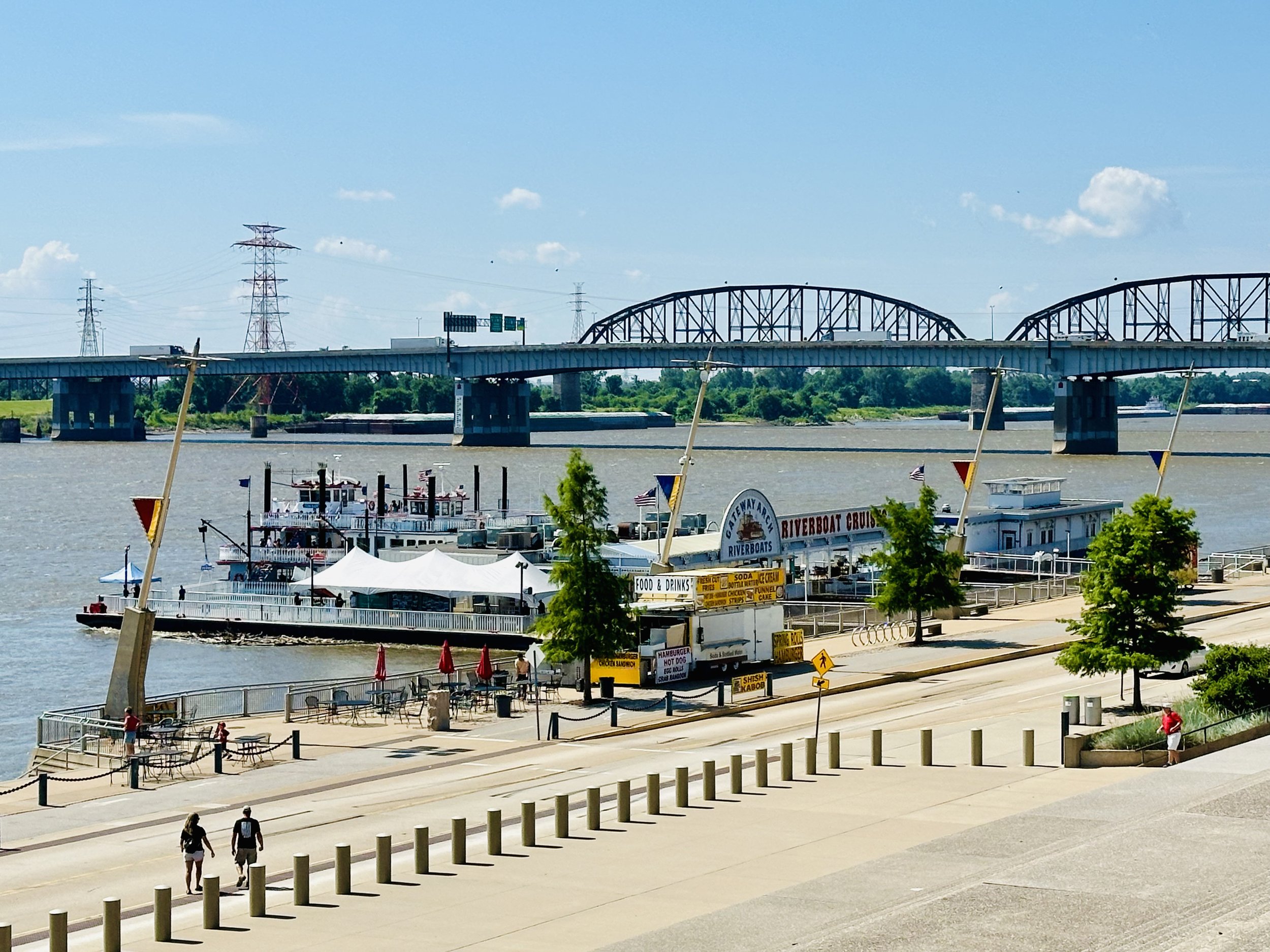
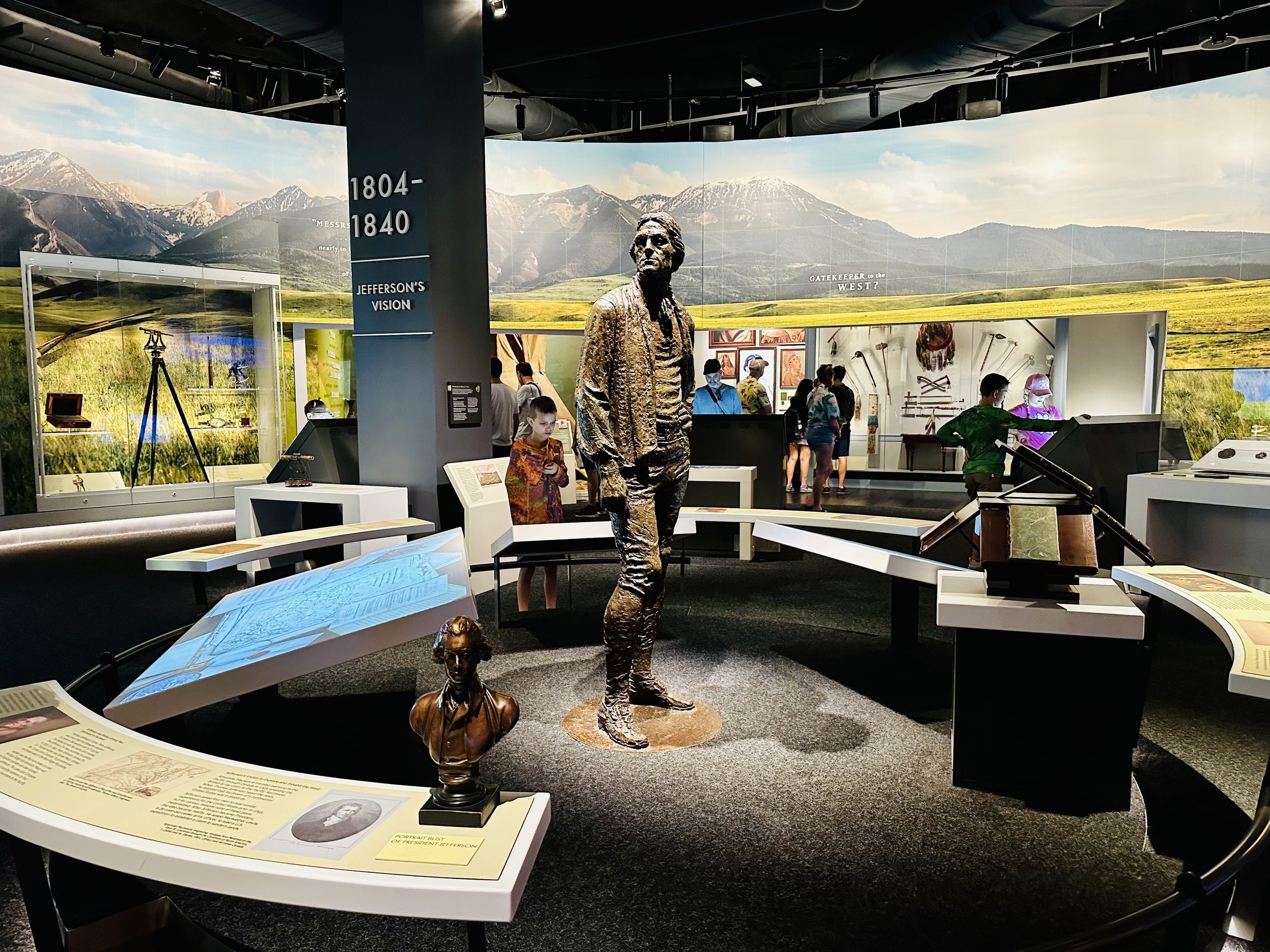

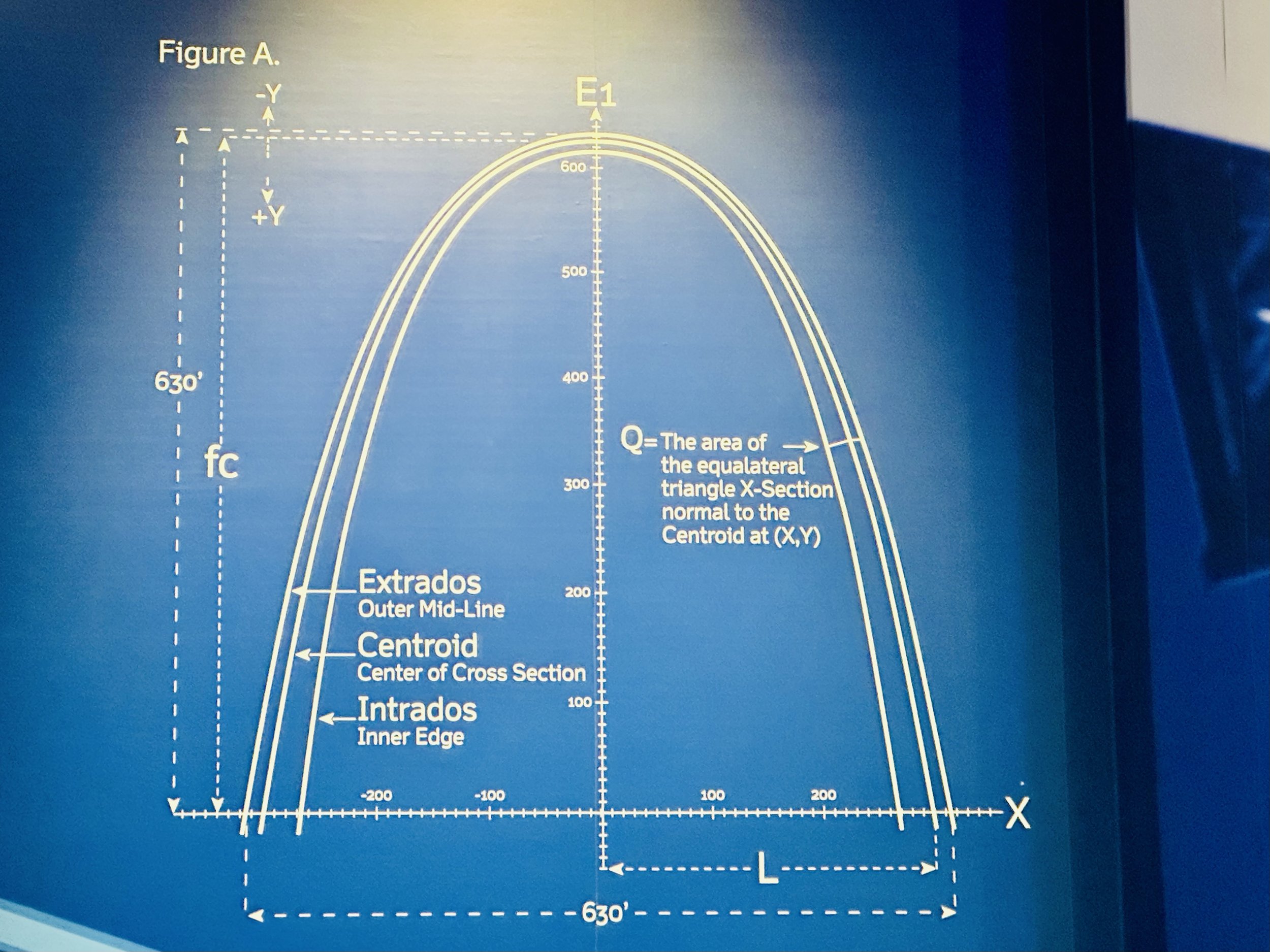
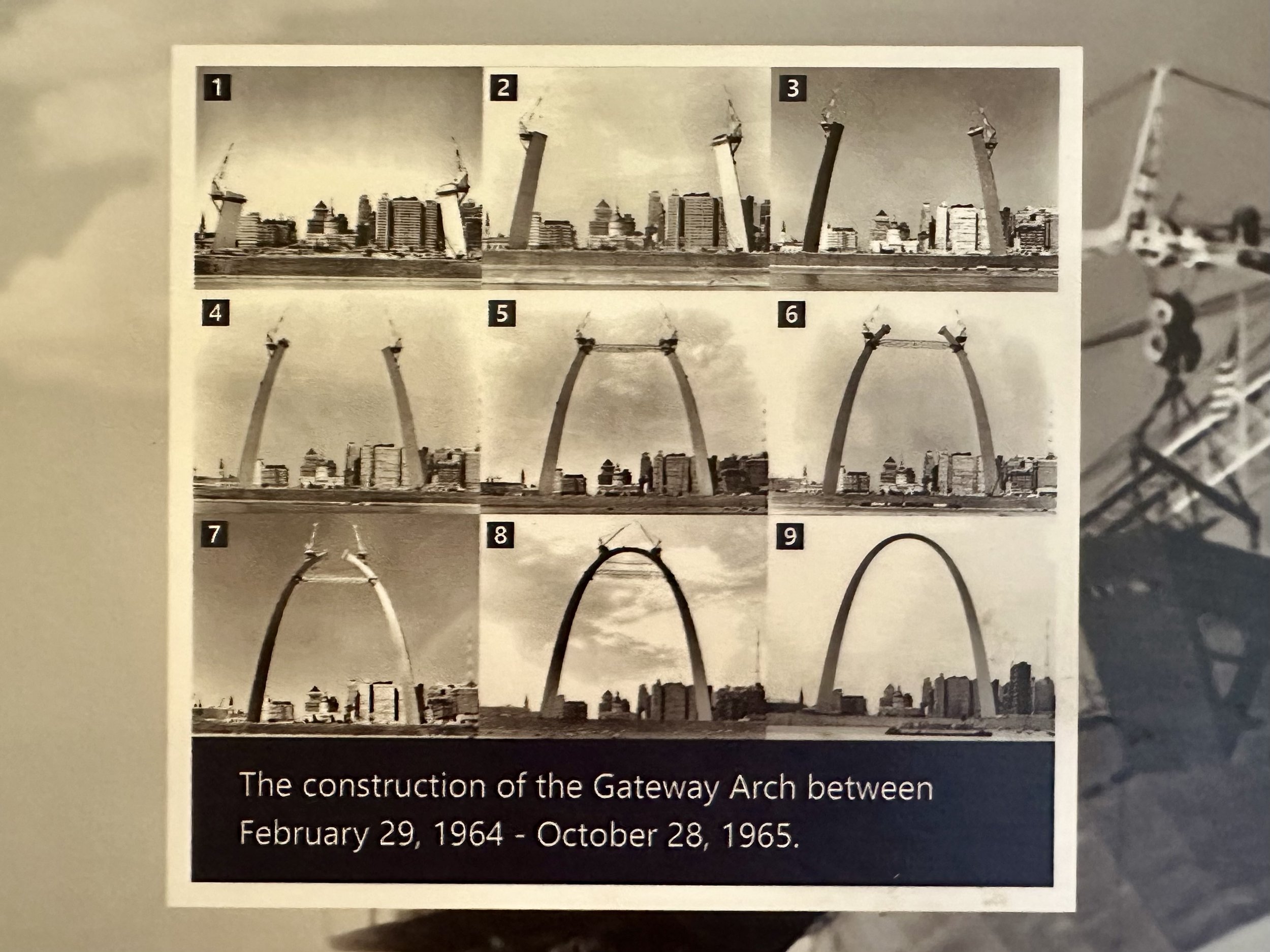
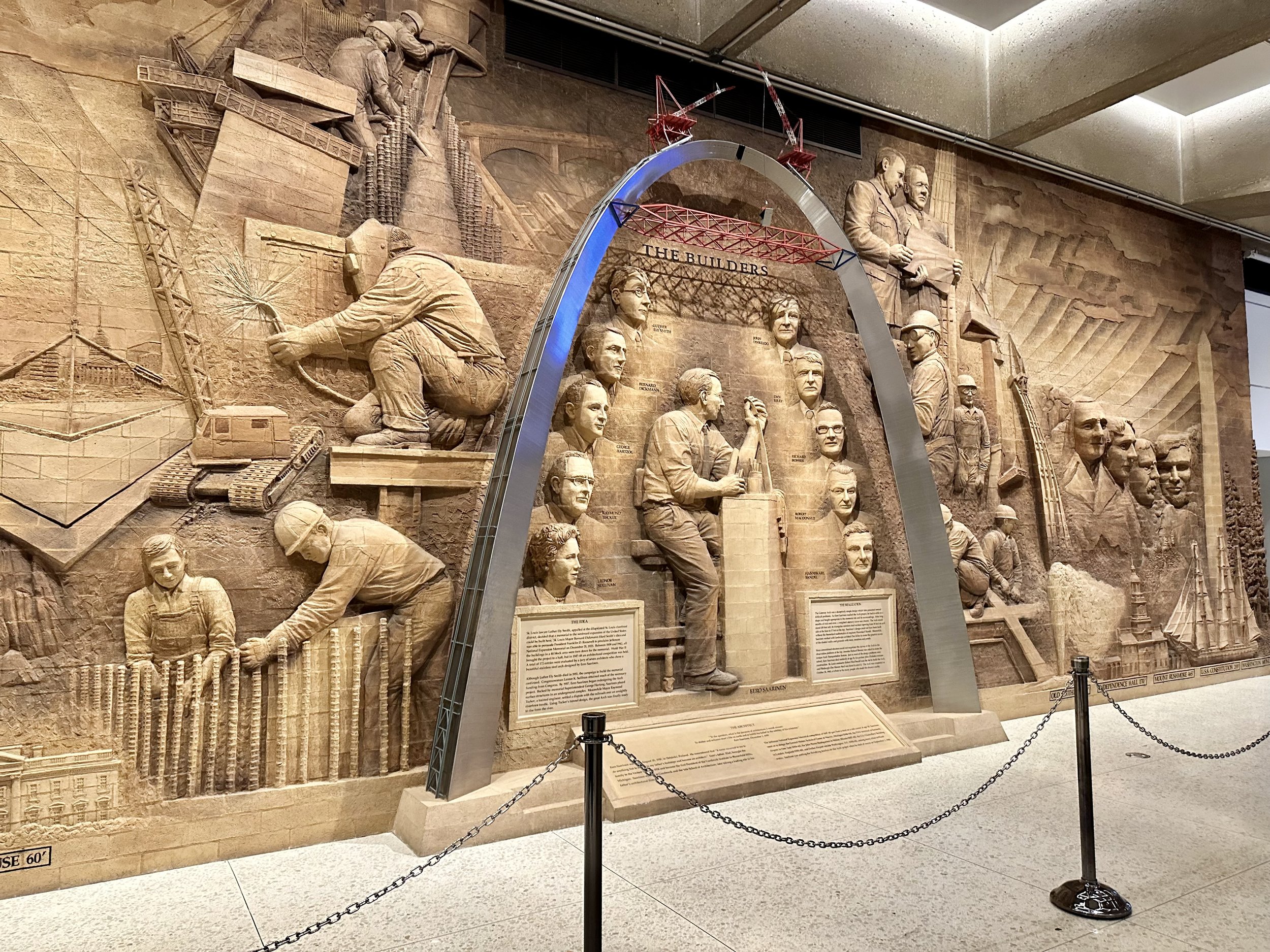
The Gateway Arch is an engineering marvel, a one-of-a-kind structure that creates an indelible image. We were in awe at its audacious size, its elegant simplicity, and its power. Kudos to the ingenuity of the architects, engineers, and builders who made it a reality.